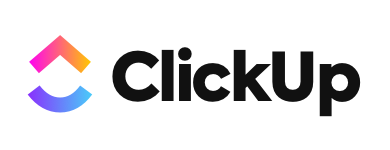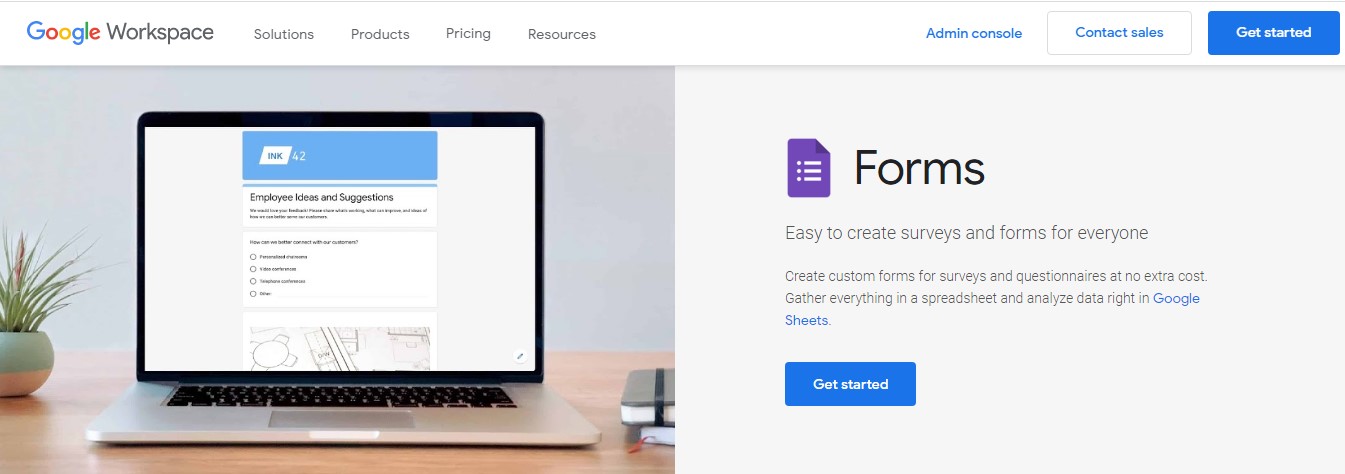How A Solar Startup Grew Their Organic Traffic By 69X In 15 Months
Hello! Who are you, and what business did you start?
Hello, my name is Willie Jiang. For a long time, I have been a digital marketer, especially as an SEO specialist. But in March this year, we launched a two-sided marketplace called SolarFeeds, the “Alibaba for solar” if you will.
Our primary “product” is a platform that aims to connect solar installers and suppliers. On this platform, solar suppliers can display their product catalogs, while solar installers can post about their new projects. After browsing through the available products, installers can invite suppliers to submit a quote. Installers will then have the opportunity to compare the prices offered by several suppliers before making a decision.

What's your backstory, and how did you come up with the idea?
Ever since I was a kid, I was fascinated by...

Download the report and join our email newsletter packed with business ideas and money-making opportunities, backed by real-life case studies.

Download the report and join our email newsletter packed with business ideas and money-making opportunities, backed by real-life case studies.

Download the report and join our email newsletter packed with business ideas and money-making opportunities, backed by real-life case studies.

Download the report and join our email newsletter packed with business ideas and money-making opportunities, backed by real-life case studies.

Download the report and join our email newsletter packed with business ideas and money-making opportunities, backed by real-life case studies.

Download the report and join our email newsletter packed with business ideas and money-making opportunities, backed by real-life case studies.

Download the report and join our email newsletter packed with business ideas and money-making opportunities, backed by real-life case studies.

Download the report and join our email newsletter packed with business ideas and money-making opportunities, backed by real-life case studies.




















